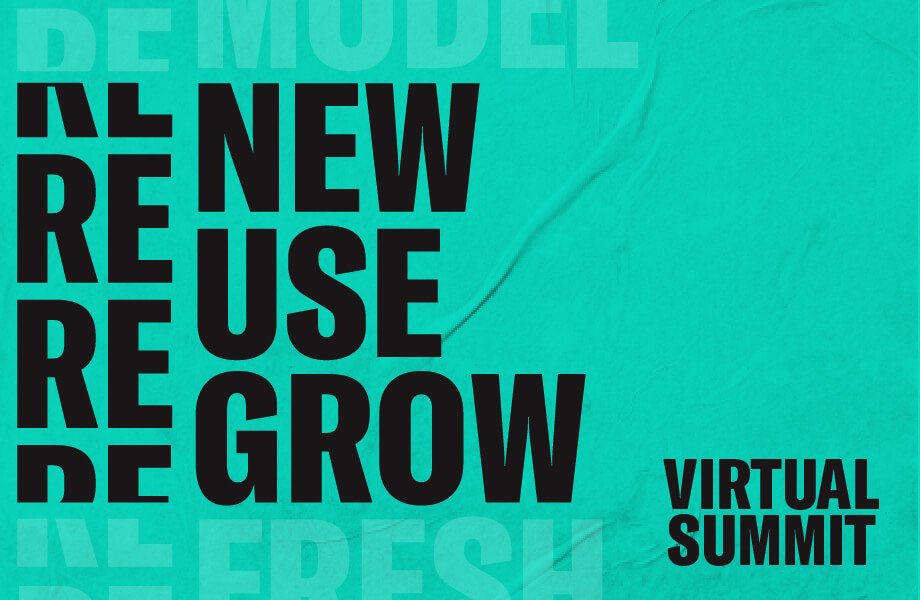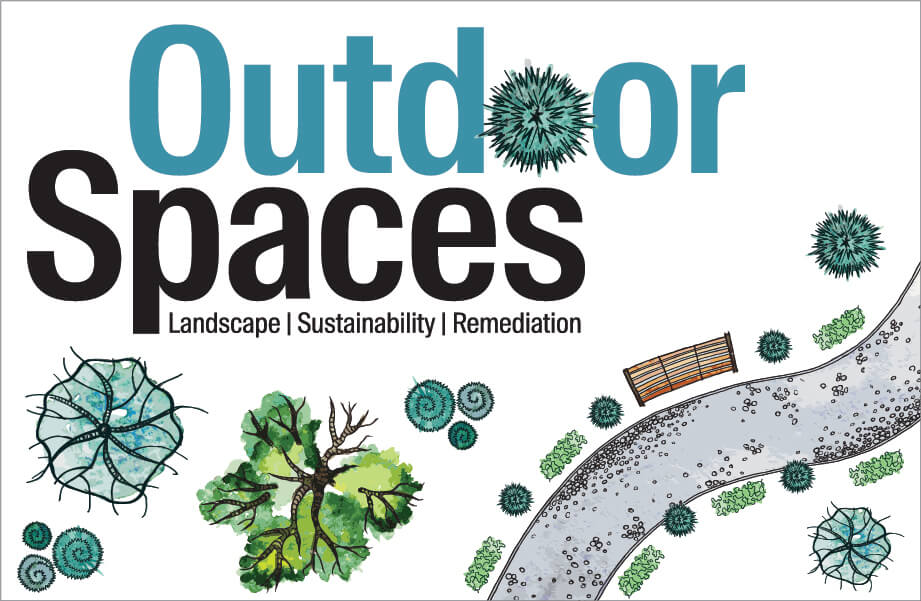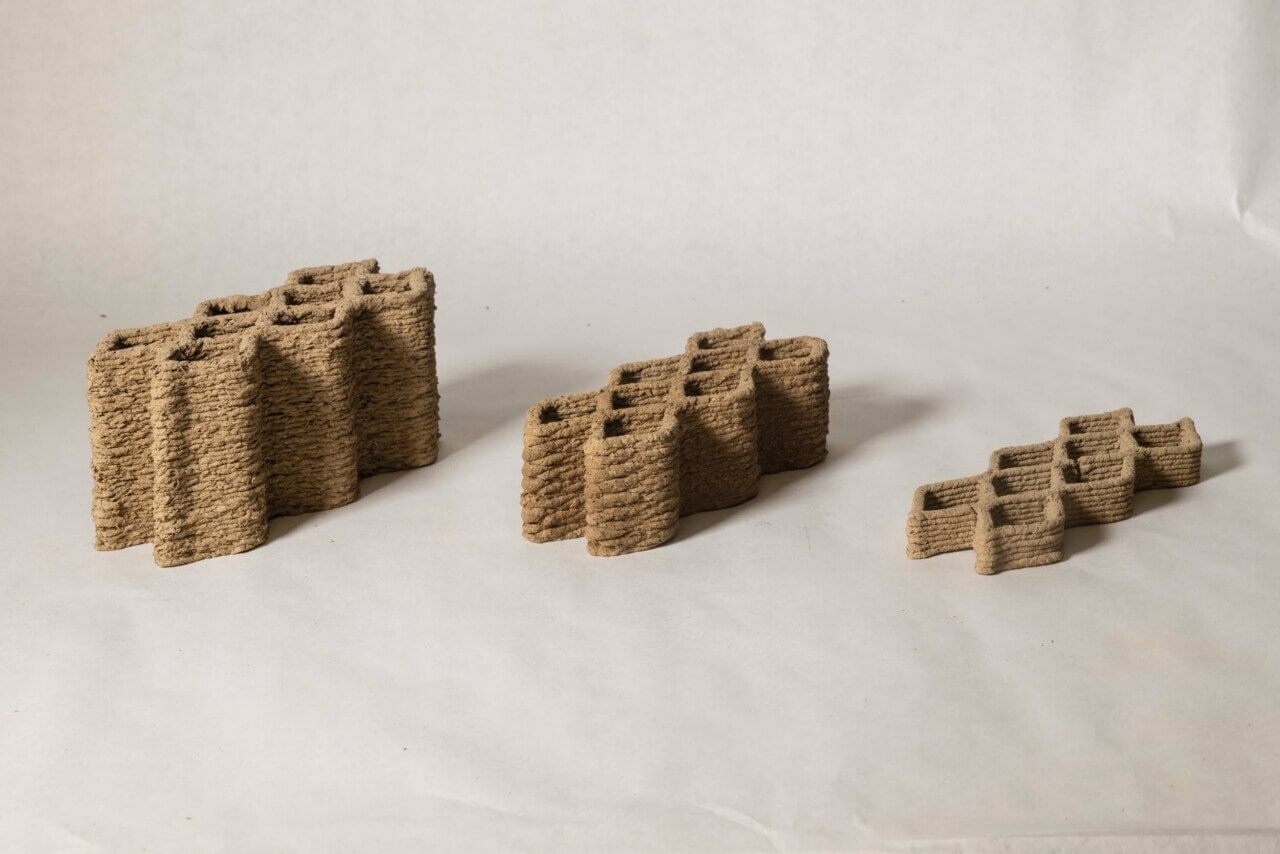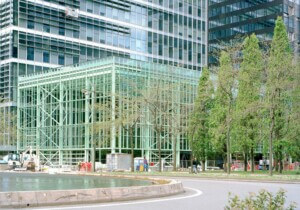Wood has long been the material of choice for residential construction in the U.S., but there’s an emergent, and equally ancient, material resurfacing in European architecture: raw earth. “Raw earth” is a catchall term for building materials that primarily consist of earth that isn’t baked into a hardened state (unlike bricks, which are also made of earth, but hardened in a kiln). Raw earth materials you may know include adobe, rammed earth, compressed-earth blocks, and clay plaster. These can serve a crucial role as the country faces a trifold challenge of more intense climate shocks, a mounting housing shortage, and an emission-intensive residential construction industry—new-home construction in the U.S. creates more than 50 million tons of embodied carbon annually.
“I don’t have any expectations that we will be building skyscrapers with earth blocks, but it makes sense as a low-cost, ecofriendly housing solution,” said Ryan Runge, whose company, Advanced Earthen Construction Technologies, makes compressed-earth blocks as well as the machines used to produce them.
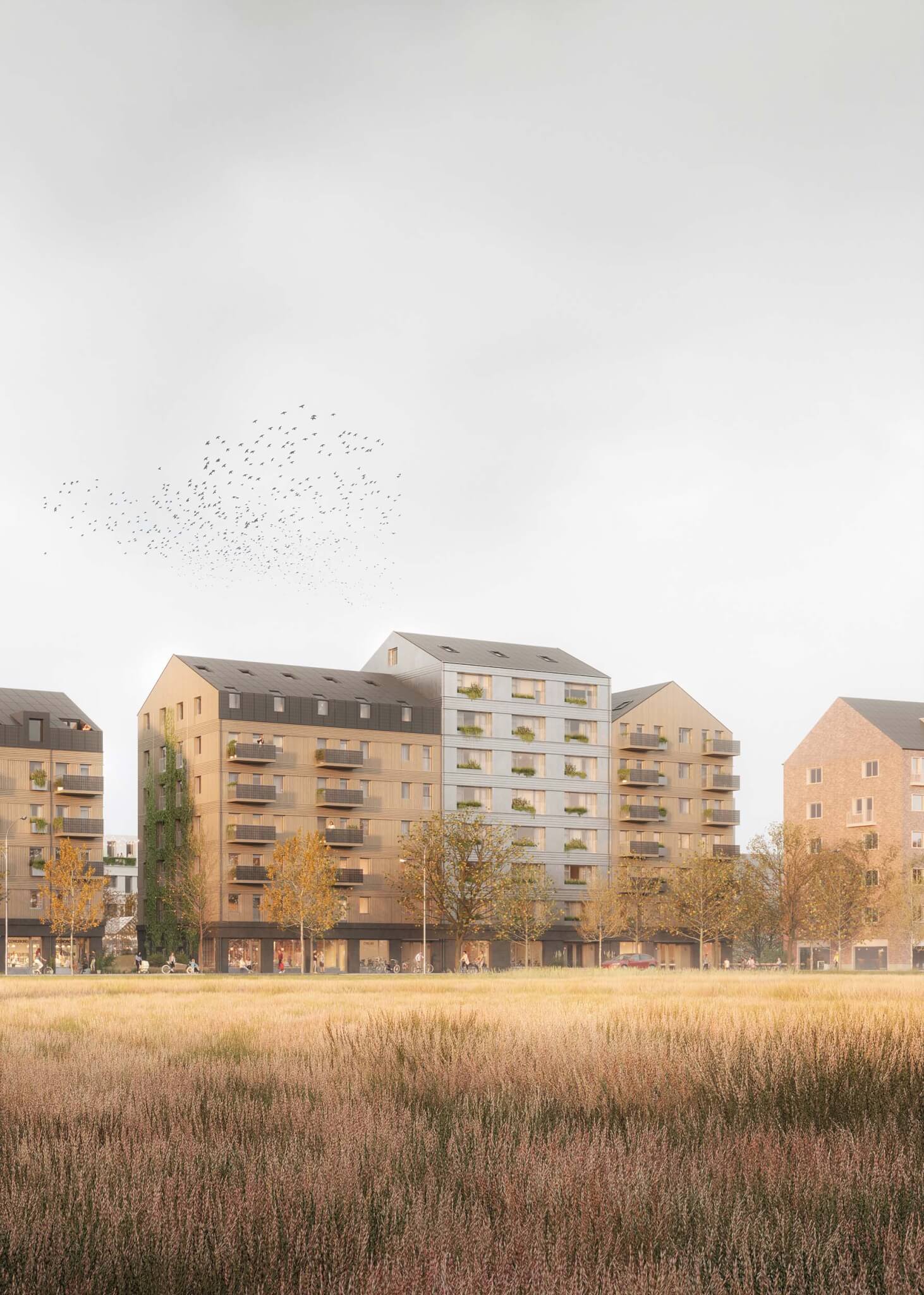
Kaminsky Arkitektur, a Gothenburg, Sweden–based firm, is currently designing an apartment building where the interior walls will be made of unfired clay, a first for the country.
“The whole idea is to avoid steel, plaster, and concrete and instead work with wood, clay, and straw,” said founder Joakim Kaminsky.
Wood will make up the frame of the building, and straw will serve as insulation. Instead of plasterboards, the interior walls will then be made of clay boards covered in clay plaster, which carries less than 50 percent of the embodied carbon of gypsum plaster. This substitution, coupled with the use of other natural materials, will significantly lower the building’s carbon footprint.
Raw earth has housed humans for millennia, and between 650 and 700 million people currently live in earthen dwellings. So, the European resurgence of raw earth materials is better defined as re-innovation, according to Johan Jönsson, chairperson of the technical committee for masonry and mortar at the Swedish Institute for Standards, which is currently developing national standards for using raw earth in construction. “Just because the material is ancient doesn’t mean the design has to be,” he noted.
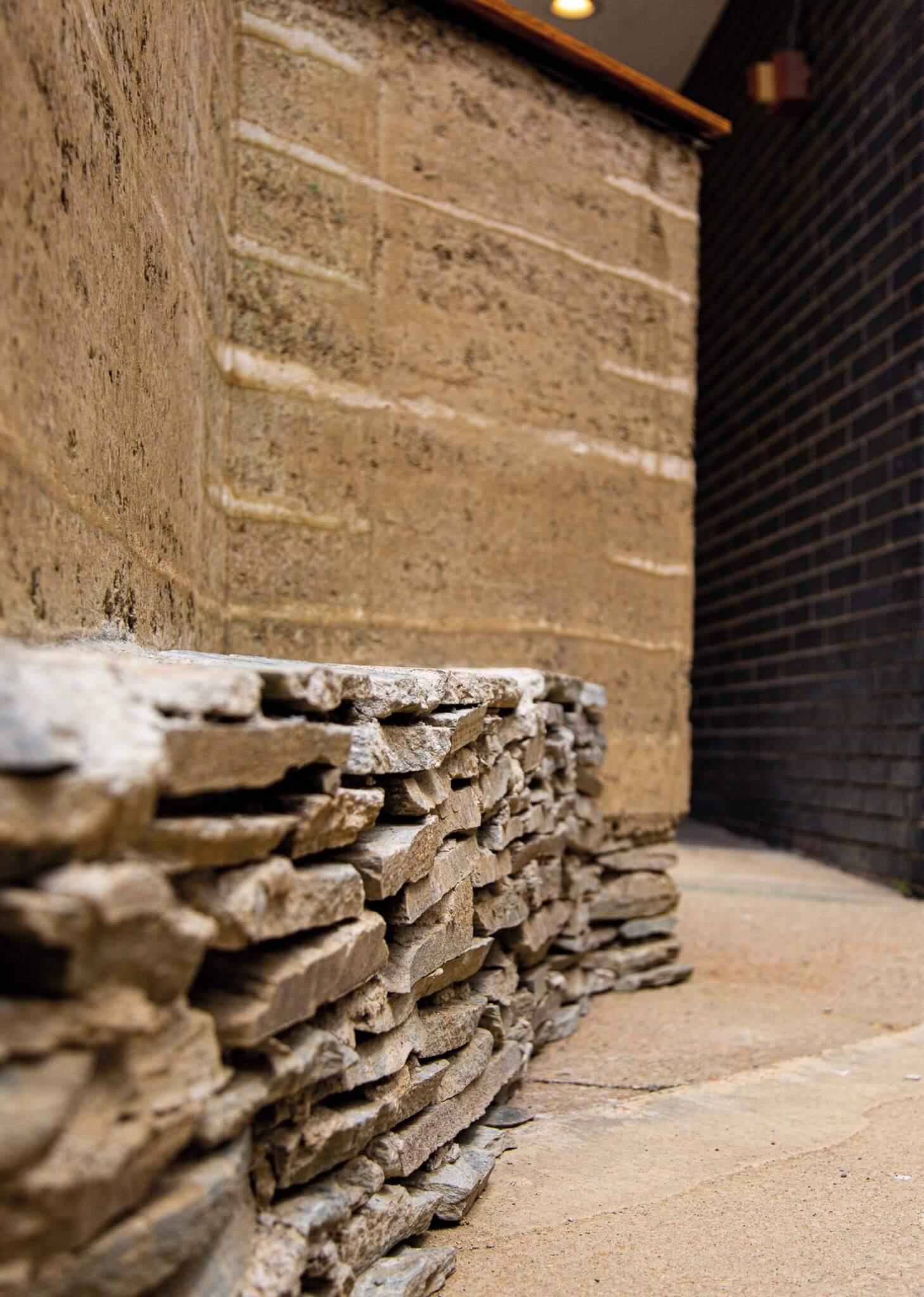
Despite raw earth’s growing popularity in Europe and the benefits it offers, it remains a niche construction spec in the U.S.
“Our sense is that very little of it is happening in the United States,” said Carrie Bobo, professor of practice at the New Jersey Institute of Technology (NJIT). “There’s been a big push and focus on building performance, but we also need to be thinking about the actual materials and the carbon cost of those materials.” Later this spring, Bobo and her colleague Charlie Firestone, also a professor of practice at NJIT, are hosting a symposium on vernacular construction materials, like raw earth.
“The piece that we have some agency over is that we know how to talk to other designers. The more we understand how these technologies can be implemented, the more we can incorporate them into our designs,” Firestone said.
Lola Ben-Alon, assistant professor at Columbia University and director of the university’s Natural Materials Lab, has studied earthen building materials and their integration into the mainstream construction industry. She has found that many stakeholders have negative perceptions about building with earth. “It ties into how we perceive natural materials as low-tech and dirty,” Ben-Alon said. Additionally, there is a persistent myth that they are not as durable as, say, concrete. “That’s of course not true. It really is the way you build with these materials that dictates durability and performance.” Bridging the perception gap is key to solving issues like the difficulty of developing a supply chain—no “raw earth” industry to speak of exists—and a lack of national policy. Regulations for building with earthen materials are only present in a few building codes on state and local levels.

But across the country, researchers, architects, and entrepreneurs are leading this culture shift. And signs point to progress. “There has to be a policy shift, but that comes only after a culture shift,” said Michele Barbato, professor of structural engineering and structural mechanics at UC Davis. “There has to be education, and right now, earthen construction is fundamentally not known.”
Critics have raised the question of scalability. However, as calls for a more circular economy increase, another global industry may not be desirable. “There are so many building products developed that were not here ten years ago,” Ben-Alon said, but “there is a sweet range between doing it yourself at home and creating a massive industry that is far from being local, where materials are produced elsewhere, shipped overseas, and placed in your building. There is something in between we need to achieve.”
Oscar Fock is a Swedish freelance journalist based in New York City, where he reports on climate change, its effects on humans, and how we are responding.


